- Images (7)
- Links (0)
- Agenda
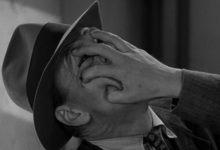
|
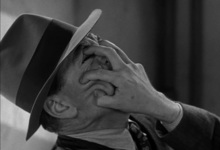
|
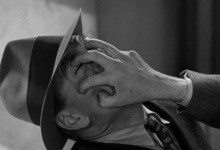
|
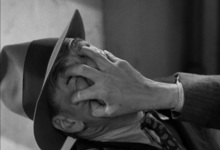
|
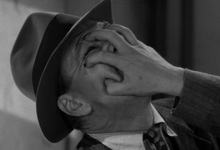
|
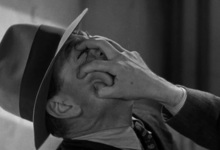
|
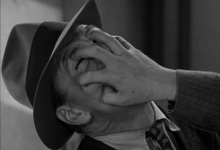
|
RAGTAG is a chronological timeline collage based on a wide corpus of footage taken from the so-called classic era of American cinema which 1950s French critics labeled film noir. The decoupage-based work covers roughly twenty years, or 310 noir films, spanning from the early 1940s to the late 1950s. It also includes some foreign-made films noirs.
Noir harks back to the earlier tradition of Gothic literature, the fiction of Herman Melville and Edgar Allan Poe. Later, it displayed affinity for the hard-boiled tradition of Dashiell Hammett, Raymond Chandler and James M. Cain. It was characterized by a dark visual style, owed primarily to German Expressionism which was brought to Hollywood with the influx of German émigrés during the war.
Yet, film noir is essentially a way of looking at the world, an outlook on life and human existence that can fit into any genre. It is a compound of Yankee ingenuity and the post-World War II atmosphere of fear and paranoia due the death of God, the loss of insular security and meaning of things. It depicts an inversion of traditional values and the corresponding moral ambivalence, the Red Scare and the nuclear threat, the fascination with crime, thriller, suspense, western, adventure, horror, melodrama and science fiction. In working with this heritage, RAGTAG uses various techniques such as flicker and repetition to achieve the so-called Verfremdungseffekt (distancing effect) common to the broader experimental film tradition of found footage. In doing so, the intention is not to use this found footage in a documentary context or to illustrate an evidence-based narration. Rather, as an extensive historical portrait of the human psyche of the twentieth century and its dark post-war landscape, the film lets the past and the future be inscribed in a present gesture. As an act of perpetual destruction and recreation, a sort of ouroboros, a tail-devourer that roams on the threshold between history and desire, visible and invisible, light and shadow.
Giuseppe Boccassini is an Italian filmmaker mainly working in Germany and Italy. He studied film theory at the University of Bologna and film directing at the New University of Cinema and Television located in Cinecittà, Rome. His work has been shown at several international film festivals and exhibitions, including FID Marseille, Edinburgh International Film Festival, Ji.hlava International Documentary Film Festival, Torino Film Festival, FESTACURTAS BH (Brasil), Crossroads SF and others. He is in charge of programming at Fracto Experimental Film Encounter held yearly at ACUD macht neu in Berlin.
| address |
Atelier 105 157 rue de Crimée 75019 Paris France |
|---|---|
| tel | +33 (0)1 46 59 01 53 |
| atelier105@lightcone.org |